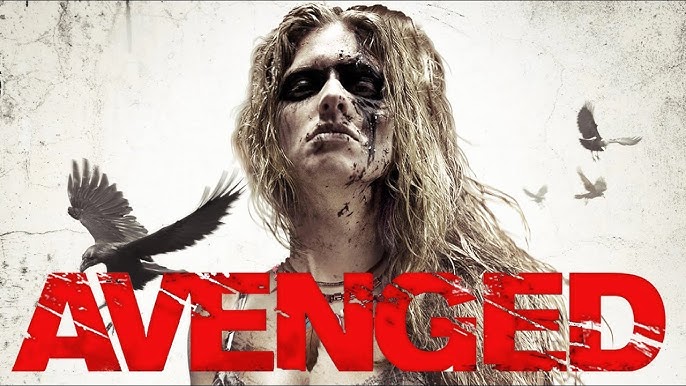Cool Hand Luke (1967): The Unbreakable Spirit of a Rebellious Hero
Cool Hand Luke (1967) is one of the most iconic and enduring films in American cinema, known for its powerful themes of rebellion, individuality, and the human spirit in the face of oppressive authority. Directed by Stuart Rosenberg and based on the novel by Donn Pearce, the film is anchored by a legendary performance from Paul Newman in the titular role. With its memorable lines, compelling characters, and subtle critique of institutional control, Cool Hand Luke remains a timeless story of defiance and dignity.
Set in a Florida prison camp in the 1950s, the film follows Lucas “Luke” Jackson, a decorated World War II veteran who is sentenced to two years of hard labor for the petty crime of cutting the heads off parking meters. From the outset, Luke is marked not by criminal intent but by a sense of nonconformity and a quiet, rebellious nature. Inside the chain gang, he quickly becomes both a target and a hero—challenging the rigid rules enforced by the guards and winning the admiration of his fellow inmates.

Newman’s portrayal of Luke is central to the film’s lasting impact. With a wry smile and calm resolve, Luke becomes a symbol of resistance, enduring punishment and isolation without losing his sense of self. He is not overtly political or violent; his rebellion is quiet, personal, and deeply human. In one of the film’s most memorable moments, after being brutally beaten and put in “the box,” Luke says, “I can eat fifty eggs,” leading to an absurd yet heroic feat that bonds the inmates and underscores his unshakable will.
The film’s antagonist isn’t a single person but the system itself, personified by the cold, calculating Captain (Strother Martin) and the reflective sunglasses-wearing “man with no eyes.” Martin’s infamous line, “What we've got here is failure to communicate,” has since become one of the most quoted lines in film history and captures the heart of the movie’s conflict between individualism and institutional order.

Cool Hand Luke is rich in religious and symbolic imagery. Luke often parallels a Christ-like figure—he is beaten, isolated, worshiped by others, and ultimately becomes a martyr figure in his quiet defiance. The cinematography by Conrad Hall, with its use of light and shadow, reinforces the film’s themes of suffering and transcendence.
The supporting cast—including George Kennedy (who won an Academy Award for Best Supporting Actor for his role as Dragline), Jo Van Fleet, and Dennis Hopper—add depth and texture to the story. The musical score by Lalo Schifrin blends Southern tones with emotional subtlety, enhancing the film’s reflective mood.
Though it ends in tragedy, Cool Hand Luke is ultimately about the resilience of the human spirit. Luke’s refusal to be broken, even in the face of overwhelming odds, remains a powerful message. The film challenges audiences to consider the cost of freedom, the strength of character, and the quiet power of resistance.

In conclusion, Cool Hand Luke is more than a prison drama—it is a profound exploration of individuality, courage, and the unyielding desire to remain free, no matter the consequences. It remains one of Paul Newman's most iconic roles and a landmark in American film history.

-1752035517-q80.webp)
